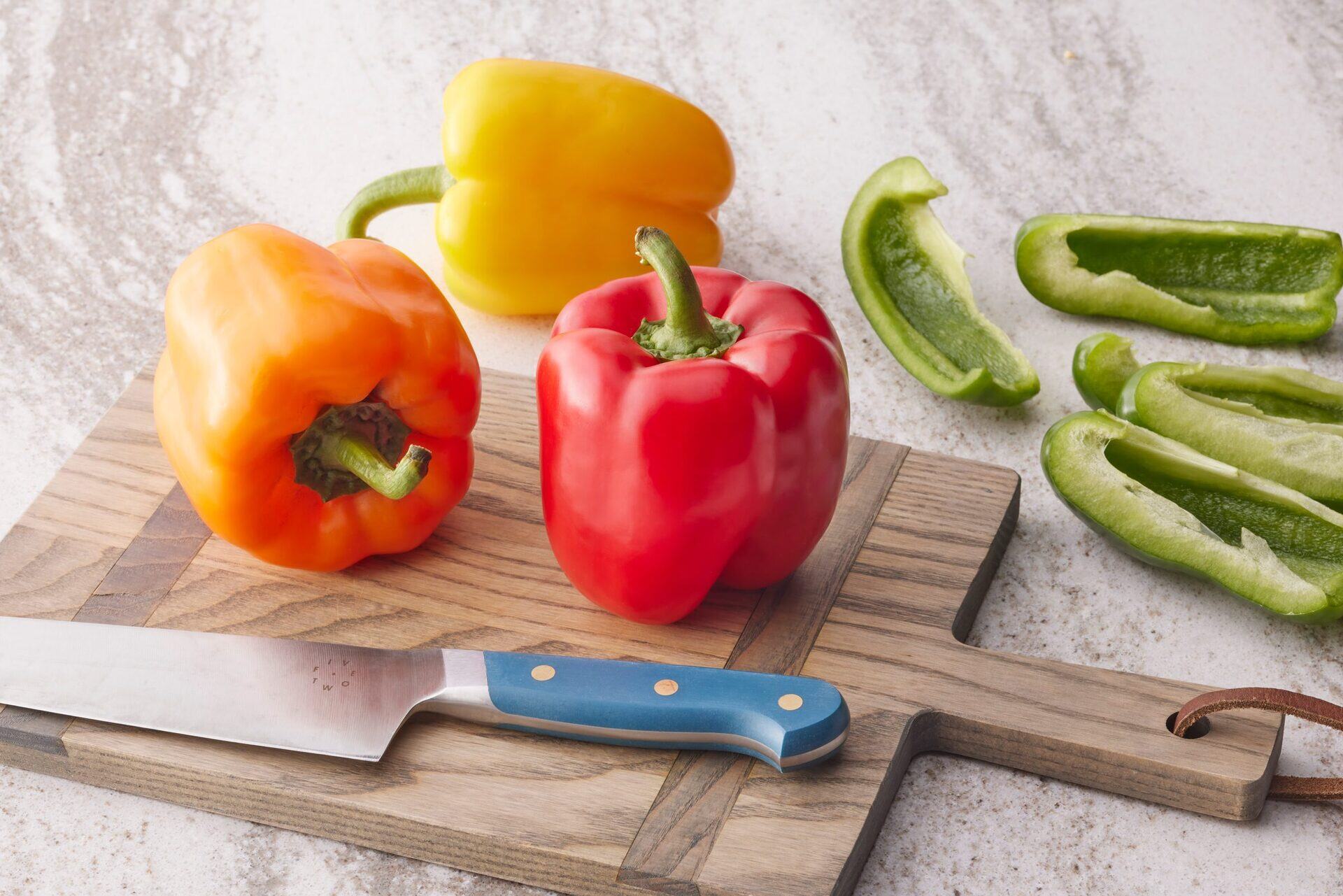

Articles
How To Store Cut Bell Peppers In Fridge
Modified: February 23, 2024
Learn how to properly store cut bell peppers in the fridge to keep them fresh and flavorful for longer. Find helpful tips and tricks in this informative article.
(Many of the links in this article redirect to a specific reviewed product. Your purchase of these products through affiliate links helps to generate commission for Storables.com, at no extra cost. Learn more)
Introduction
When it comes to cooking, bell peppers are a versatile and flavorful ingredient that can add a pop of color and taste to a variety of dishes. Whether you’re making stir-fries, salads, or stuffed peppers, having bell peppers on hand is always convenient. However, sometimes we don’t use the entire pepper in one go and need to store the leftover cut bell peppers for later use.
In this article, we will discuss the best methods for storing cut bell peppers in the fridge to maintain their freshness and taste. With a few simple steps, you can ensure that your cut bell peppers stay crisp and ready to use when it’s time to cook your next meal.
Key Takeaways:
- Store cut bell peppers in airtight containers with moisture-absorbing pads to maintain freshness, prevent spoilage, and minimize food waste. Proper storage ensures vibrant colors and crisp textures for future use.
- Before storing cut bell peppers, wash them thoroughly and choose the right container for optimal freshness. Monitor their shelf life, use them in various dishes, and consider freezing any leftovers for extended use.
Read more: How To Store Cut Bell Peppers
Purpose of Storing Cut Bell Peppers
There are several reasons why you might want to store cut bell peppers. Firstly, by storing them properly, you can prevent waste and make the most out of your ingredients. This is especially helpful if you bought a larger bell pepper than you needed for a particular recipe.
Storing cut bell peppers also allows for meal prepping and planning. By preparing the peppers in advance, you can save time during busy days and have them readily available for cooking. It’s a great way to stay organized and ensure that you always have fresh ingredients on hand.
Additionally, properly storing cut bell peppers helps to maintain their taste, texture, and nutritional value. If they are not stored correctly, cut bell peppers can become mushy, lose their vibrant color, and even spoil quickly. By following the right storage techniques, you can enjoy the full flavor and nutritional benefits of your bell peppers for an extended period.
Step 1: Washing the Bell Peppers
Before cutting and storing bell peppers, it is essential to wash them thoroughly. Washing the peppers helps remove any dirt, bacteria, or pesticides that may be present, ensuring that you start with clean and safe ingredients.
To wash bell peppers, follow these steps:
- Start by rinsing the peppers under cool running water. Rub them gently with your fingers to remove any visible dirt or debris.
- If you prefer, you can also use a vegetable brush to scrub the surface of the peppers, especially if they have a thick skin or ridges.
- Pay extra attention to the stem area, as dirt can often accumulate there.
- Once the peppers are clean, pat them dry with a paper towel or clean kitchen towel. Ensuring that they are dry will help prevent excess moisture during storage, which can lead to spoilage.
It is important to note that washing the peppers just before cutting them is the preferred method. This helps to maintain their freshness and prevents premature moisture buildup.
By taking the time to wash your bell peppers properly, you can ensure that any potential contaminants are removed, and your cut peppers remain safe and delicious to eat.
Step 2: Cutting the Bell Peppers
Now that your bell peppers are clean and dry, it’s time to cut them into your desired size and shape. How you cut the peppers will depend on your specific recipe or personal preference.
Here’s how to cut bell peppers:
- Start by removing the stem. Hold the pepper upright and use a sharp knife to carefully cut around the stem in a circular motion. Pull the stem out, and any attached seeds should come out with it.
- Once the stem is removed, decide whether you want to keep the peppers whole or cut them into slices, strips, or dice.
- If you choose to keep the peppers whole, they are generally used for stuffing, such as in stuffed bell peppers recipes.
- If you prefer to cut the peppers, lay them on a cutting board and slice them vertically, removing any white pith and seeds as you go.
- For strips or slices, cut the pepper into vertical or horizontal pieces of your desired thickness.
- If you want to dice the peppers, cut them into strips first and then crosswise into small square pieces.
Remember to work carefully and use proper knife techniques to avoid any accidents. Take your time and focus on maintaining even and consistent cuts throughout the pepper.
Once the bell peppers are cut, you can proceed to the next step of storing them properly to maintain their freshness and quality.
Step 3: Storing the Cut Bell Peppers
After cutting the bell peppers, it’s crucial to store them properly to preserve their freshness and prevent spoilage. Here are the key factors to consider when storing cut bell peppers:
- Airtight Containers: Transfer the cut bell peppers into airtight containers to protect them from air exposure. This helps slow down the oxidation process, which can cause the peppers to spoil quickly.
- Moisture Control: Place a paper towel or absorbent pad in the container with the cut peppers to absorb excess moisture. This helps maintain the crispness of the peppers and prevents them from becoming soggy.
- Separate Sections: If you’re storing different colored bell peppers, try to keep them in separate sections or containers. This prevents cross-contamination and helps maintain the vibrant colors of each pepper.
- Labeling: Consider labeling the containers with the date of storage to keep track of their freshness. This way, you can easily identify which containers to use first.
By following these storage guidelines, you can prolong the shelf life of your cut bell peppers and ensure that they remain fresh and flavorful when it’s time to use them.
Now that you’re ready to store the cut bell peppers let’s move on to the next step – choosing the right container for storage.
Store cut bell peppers in an airtight container or resealable bag in the fridge. Add a paper towel to absorb excess moisture and change it every few days to keep the peppers fresh.
Read more: How To Store A Cut Bell Pepper
Step 4: Choosing the Right Container
When it comes to storing cut bell peppers, selecting the right container is essential to maintain their freshness and prevent any flavor transfer. Here are a few options for choosing the right container:
- Plastic Containers: Choose BPA-free plastic containers with tight-fitting lids. These containers are lightweight, durable, and provide an airtight seal to keep the cut bell peppers fresh.
- Glass Containers: Glass containers are an excellent choice for storing cut bell peppers, as they are non-reactive and do not retain odors or flavors. Look for containers with snap-lock lids or rubber gaskets to ensure an airtight seal.
- Reusable Bags: Alternatively, you can use reusable silicone or food-grade plastic bags designed for storing produce. These bags are airtight, easy to clean, and can be used multiple times.
Regardless of the container you choose, make sure that it is clean and thoroughly dry before placing the cut bell peppers inside. Proper storage containers help maintain the freshness and quality of the peppers, ensuring they stay crisp and ready to use.
Now that you have the right container, let’s move on to the next step – placing the cut bell peppers in the fridge for optimal storage.
Step 5: Placing the Cut Bell Peppers in the Fridge
Now that the cut bell peppers are properly stored in containers, it’s time to place them in the refrigerator to maintain their freshness. Here are a few key considerations when storing the cut bell peppers in the fridge:
- Temperature: Set your refrigerator temperature to around 40°F (4°C) or below. This temperature range helps slow down the spoilage process and keeps the cut bell peppers fresh.
- Shelf Placement: Choose a spot in the refrigerator where the temperature is most consistent. The middle or lower shelves are ideal for storing the cut bell peppers.
- Avoid Crowding: Ensure that there is enough space around the containers to allow proper airflow. Crowding the fridge can lead to uneven cooling and potentially spoil the cut peppers.
- Avoid Ethylene-Producing Fruits: Keep the cut bell peppers away from ethylene-producing fruits like apples, bananas, and tomatoes. Ethylene gas can accelerate the ripening process and cause the peppers to spoil faster.
By following these guidelines, you will help maintain the freshness and quality of the cut bell peppers in the refrigerator. Remember, it’s important to monitor the shelf life of the stored peppers to ensure they are consumed before they start to deteriorate.
Now that the cut bell peppers are safely stored in the fridge, let’s move on to step 6 – monitoring the shelf life.
Step 6: Monitoring the Shelf Life
Once you have stored the cut bell peppers in the refrigerator, it’s important to monitor their shelf life to ensure they are used at their peak freshness. Here are a few tips for monitoring the shelf life of the cut bell peppers:
- Check for Signs of Spoilage: Regularly inspect the cut bell peppers for any signs of spoilage. This includes mold, sliminess, or a foul odor. If you notice any of these signs, discard the peppers immediately.
- Use First-In, First-Out: To prevent waste, it’s best to use the cut bell peppers following a first-in, first-out approach. This means using the oldest peppers first and keeping track of the storage dates.
- Observe Texture and Color: Fresh cut bell peppers should maintain their crispness and vibrant color. If they appear wilted or have started to become mushy, it’s an indication that they are past their prime and should be used soon.
- Follow Storage Recommendations: Generally, cut bell peppers can be stored in the refrigerator for 3-5 days. However, it’s always best to refer to the specific storage recommendations for the type of pepper you are using.
By regularly checking the cut bell peppers for signs of spoilage and using them within their recommended shelf life, you can ensure that they are used at their best quality and flavor.
Now that you know how to monitor the shelf life of the cut bell peppers, let’s move on to step 7 – properly using the stored cut bell peppers.
Step 7: Properly Using the Stored Cut Bell Peppers
Now that you have stored the cut bell peppers and monitored their shelf life, it’s time to properly use them in your recipes. Here are some tips for using the stored cut bell peppers:
- Inspect Before Use: Before incorporating the cut bell peppers into your recipe, give them a quick inspection. Check for any signs of spoilage, discarding any peppers that appear moldy, slimy, or have a foul odor.
- Do Not Reheat: It is best to use the stored cut bell peppers in cold or room temperature dishes, as reheating them can cause them to become mushy. Add them to salads, wraps, or sandwiches for a refreshing crunch.
- Cooking Methods: If you prefer using your stored cut bell peppers in cooked dishes, consider stir-frying or sautéing them quickly to preserve their crunch. Avoid overcooking, as this can lead to a loss of texture and flavor.
- Pairing: Cut bell peppers are versatile and can be paired with a variety of ingredients. Add them to pasta dishes, stir-fries, omelets, or even as toppings on pizzas or tacos.
- Freezing Option: If you are not able to use the stored cut bell peppers within their shelf life, consider freezing them for later use. Place them in a freezer-safe container or bag and store them in the freezer for up to 3 months.
By properly utilizing the stored cut bell peppers and incorporating them into your favorite recipes, you can enjoy the fresh flavors and vibrant colors they add to your dishes.
To wrap up, by following these steps and guidelines, you can successfully store cut bell peppers in the fridge, maintain their freshness, and minimize food waste.
Remember, fresh ingredients contribute to the overall taste and quality of your meals. Happy cooking!
Read more: How To Store Cut Up Bell Peppers
Conclusion
Storing cut bell peppers in the fridge is a simple but important process to ensure their freshness, taste, and nutritional value. By following the steps outlined in this article, you can easily store your cut bell peppers and have them ready to use for your next delicious recipe.
Remember to start by washing the bell peppers thoroughly before cutting them into your desired size and shape. Then, choose the right container, such as airtight plastic or glass containers, to store the cut bell peppers. Properly storing them helps maintain their freshness and prevents spoilage.
Place the cut bell peppers in the refrigerator in a spot where the temperature is consistent, and avoid crowding to allow proper airflow. Monitor their shelf life, checking for any signs of spoilage, and use the oldest peppers first to prevent waste.
When it’s time to use the stored cut bell peppers, inspect them for freshness, and incorporate them into your cold or room temperature dishes. Avoid reheating to maintain their crispness.
If you have any remaining cut bell peppers that cannot be used within their shelf life, consider freezing them for future use.
By following these steps and guidelines, you can make the most out of your bell peppers, minimize food waste, and enjoy their vibrant flavors and nutritional benefits in your cooking.
So, the next time you have leftover cut bell peppers, don’t let them go to waste. Store them properly, and get creative in the kitchen with these colorful and versatile ingredients.
Frequently Asked Questions about How To Store Cut Bell Peppers In Fridge
Was this page helpful?
At Storables.com, we guarantee accurate and reliable information. Our content, validated by Expert Board Contributors, is crafted following stringent Editorial Policies. We're committed to providing you with well-researched, expert-backed insights for all your informational needs.
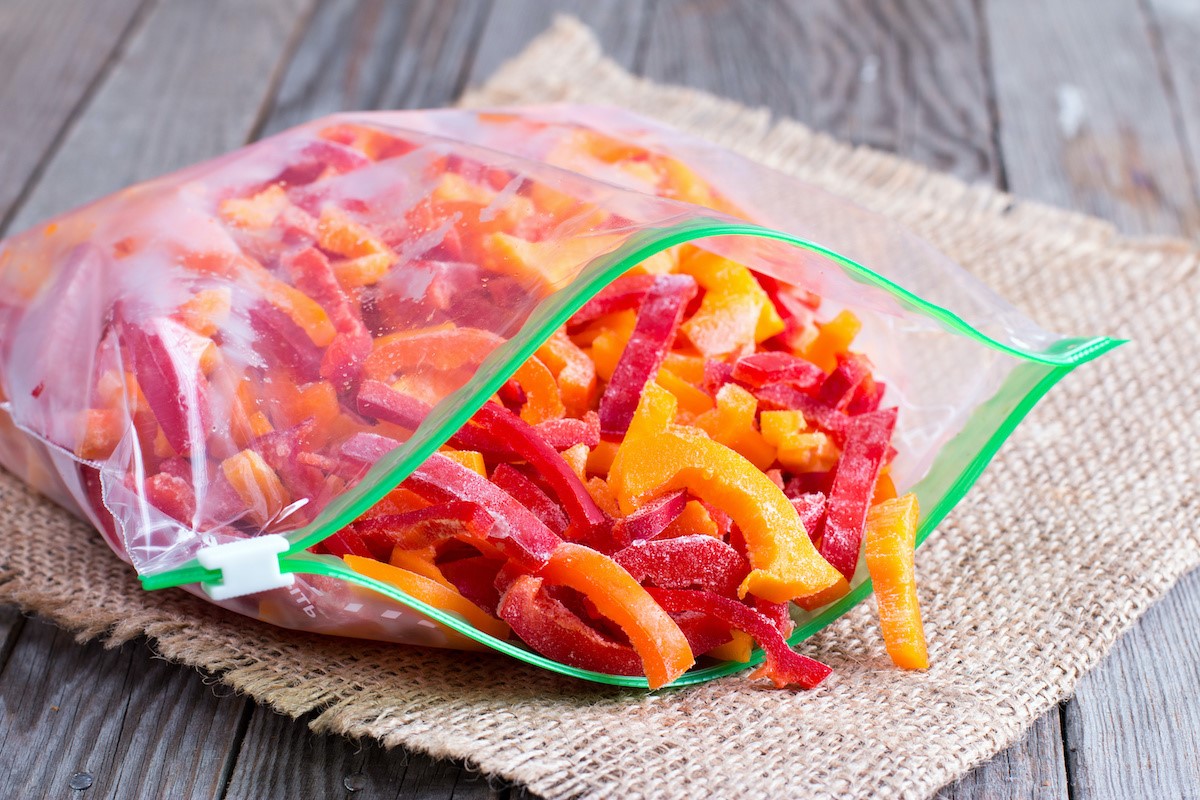
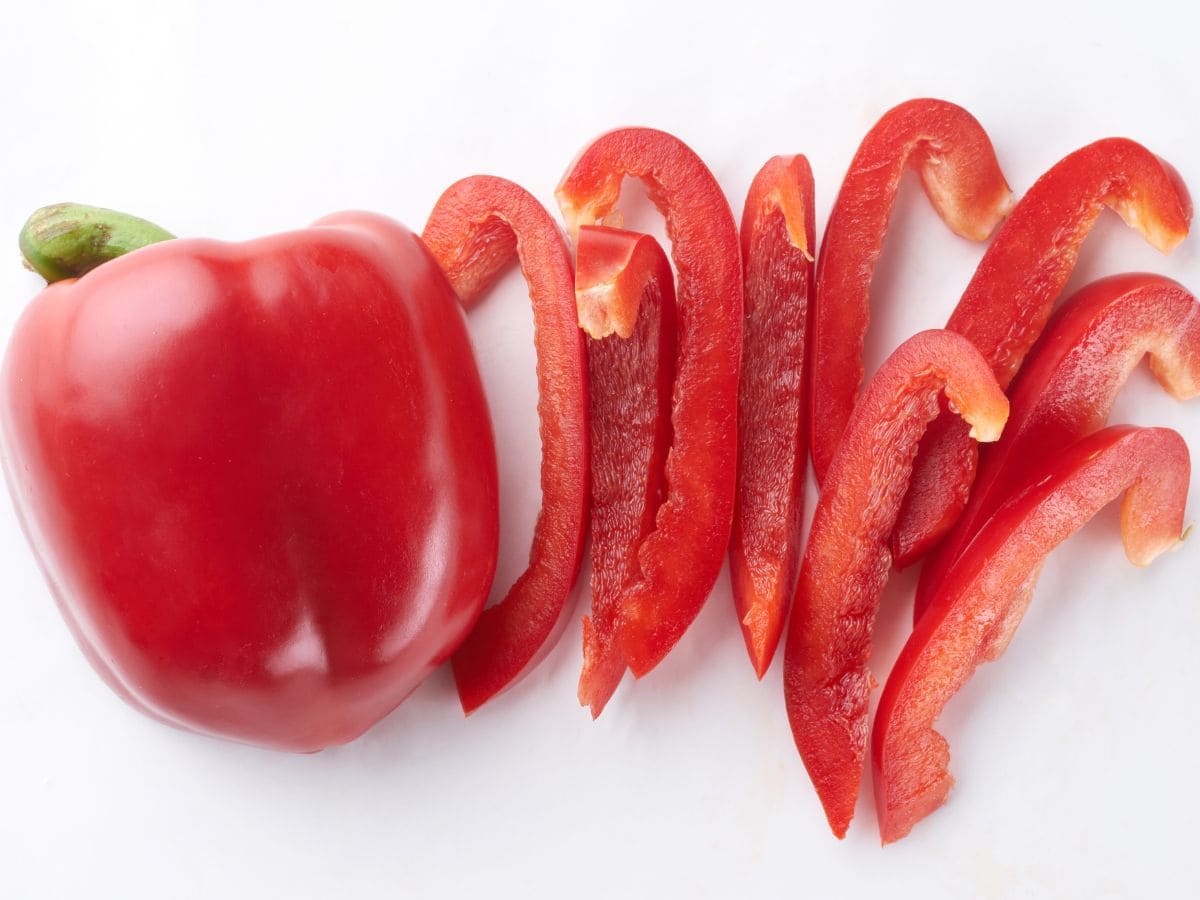
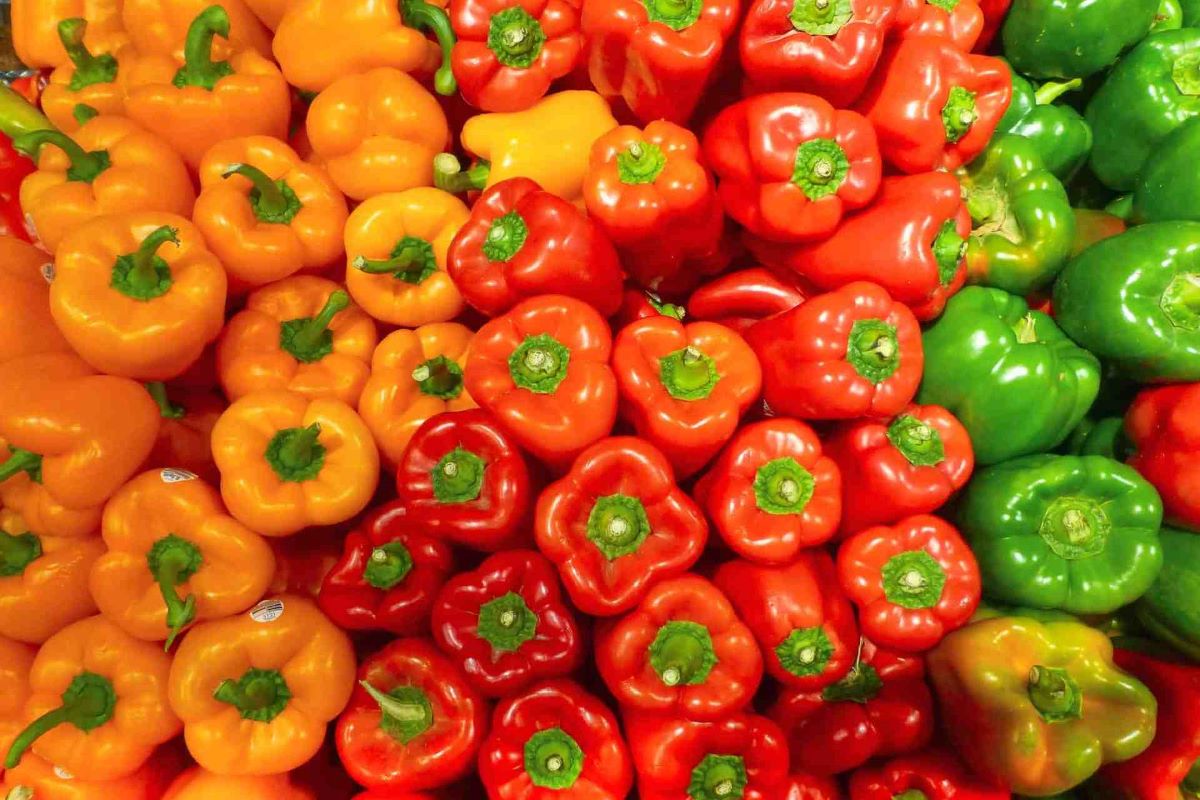
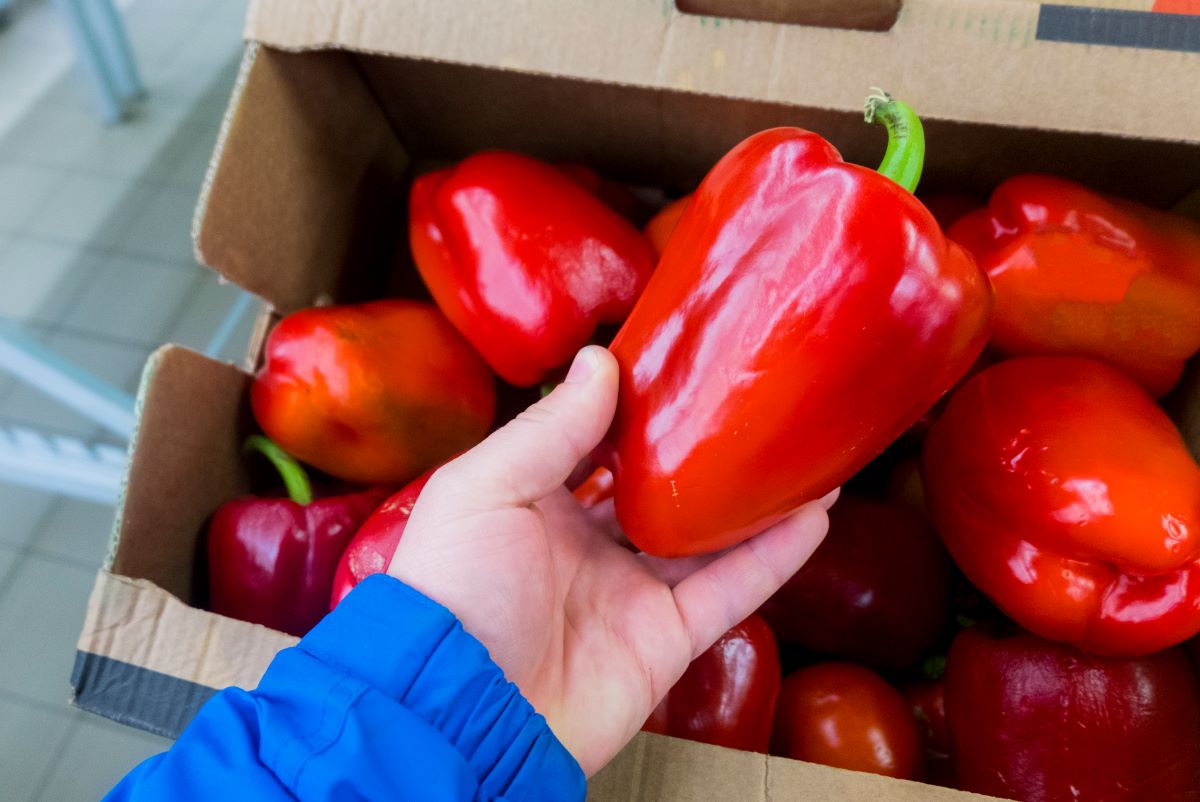
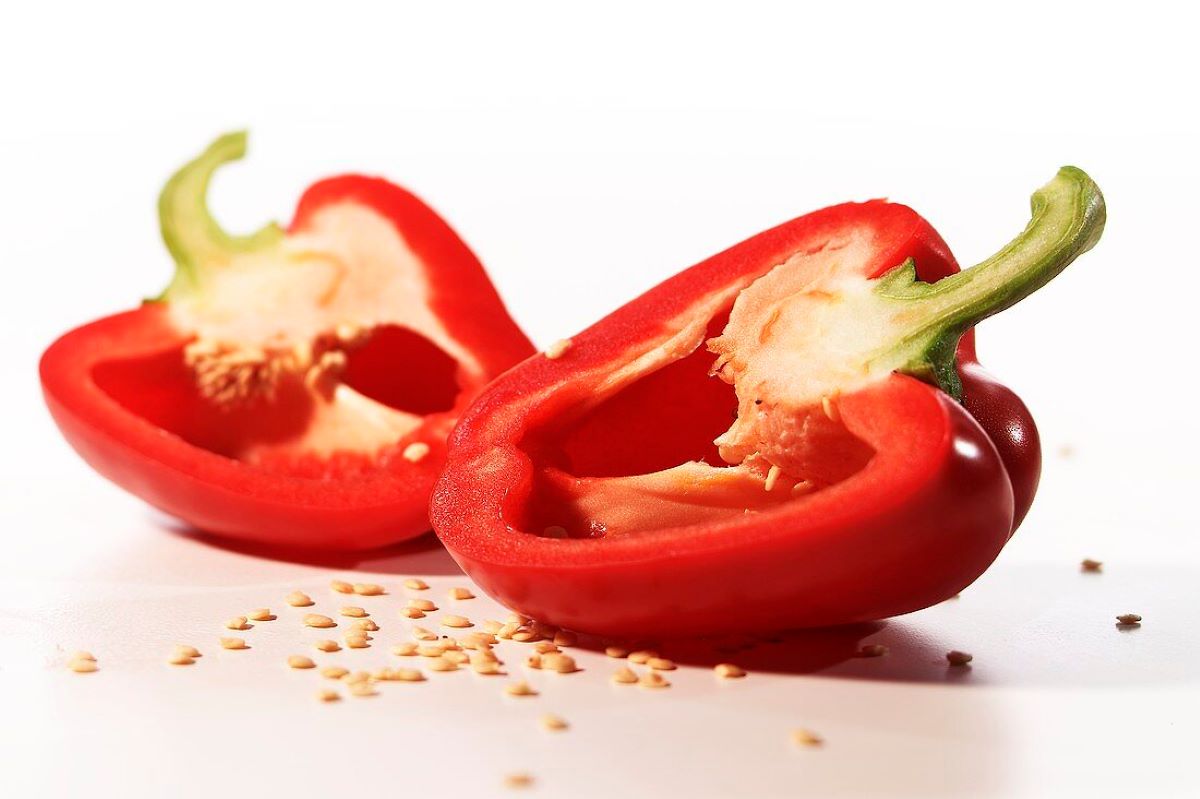
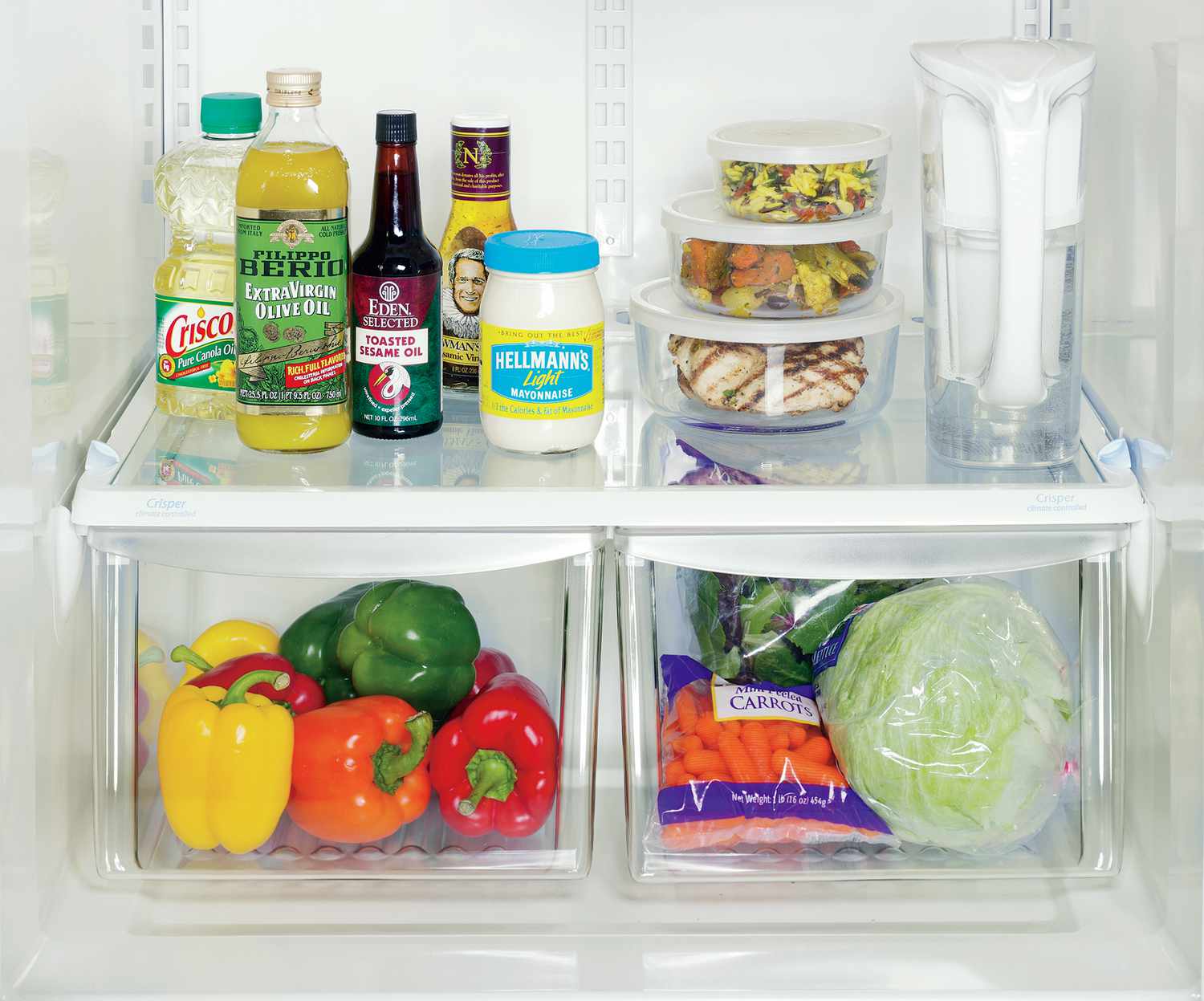
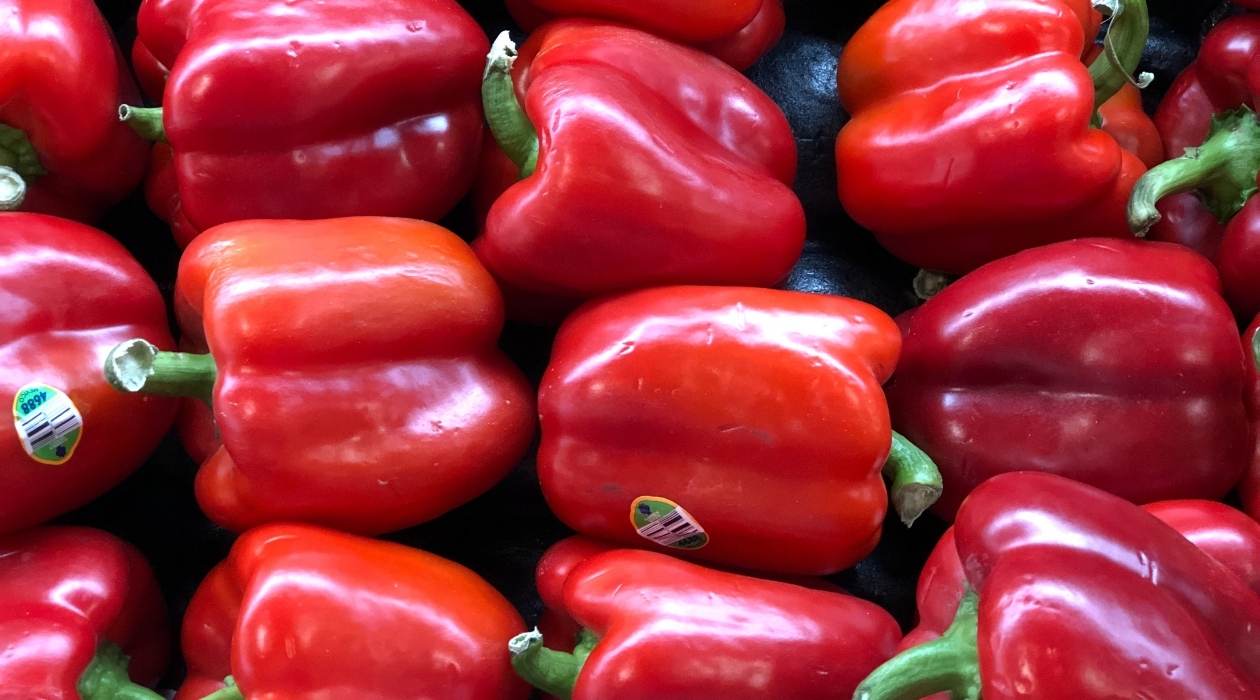
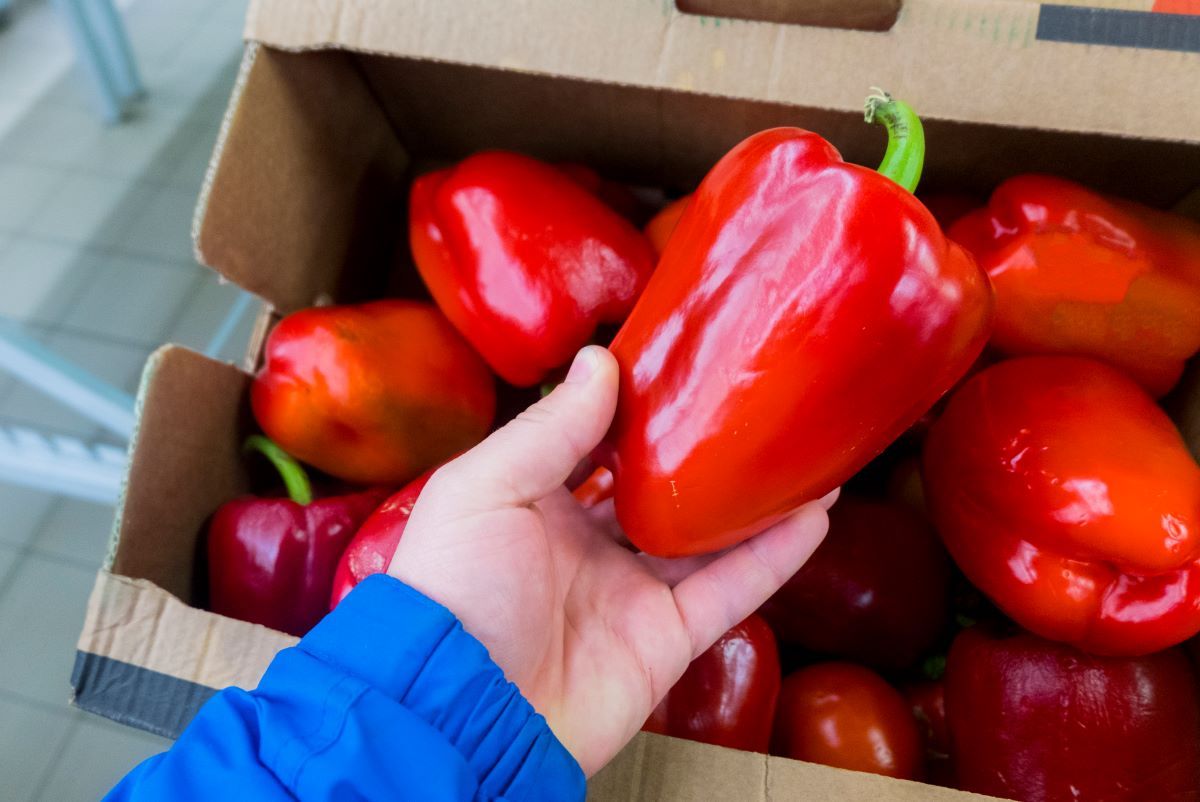
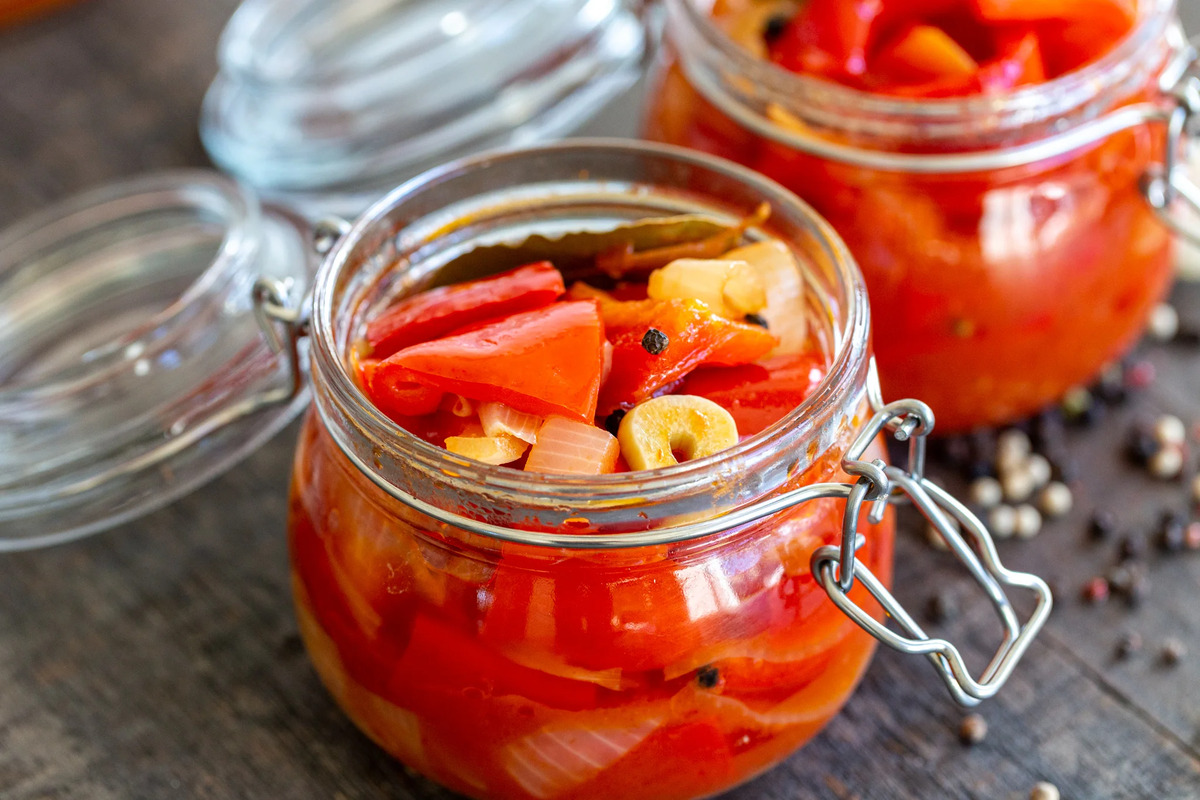
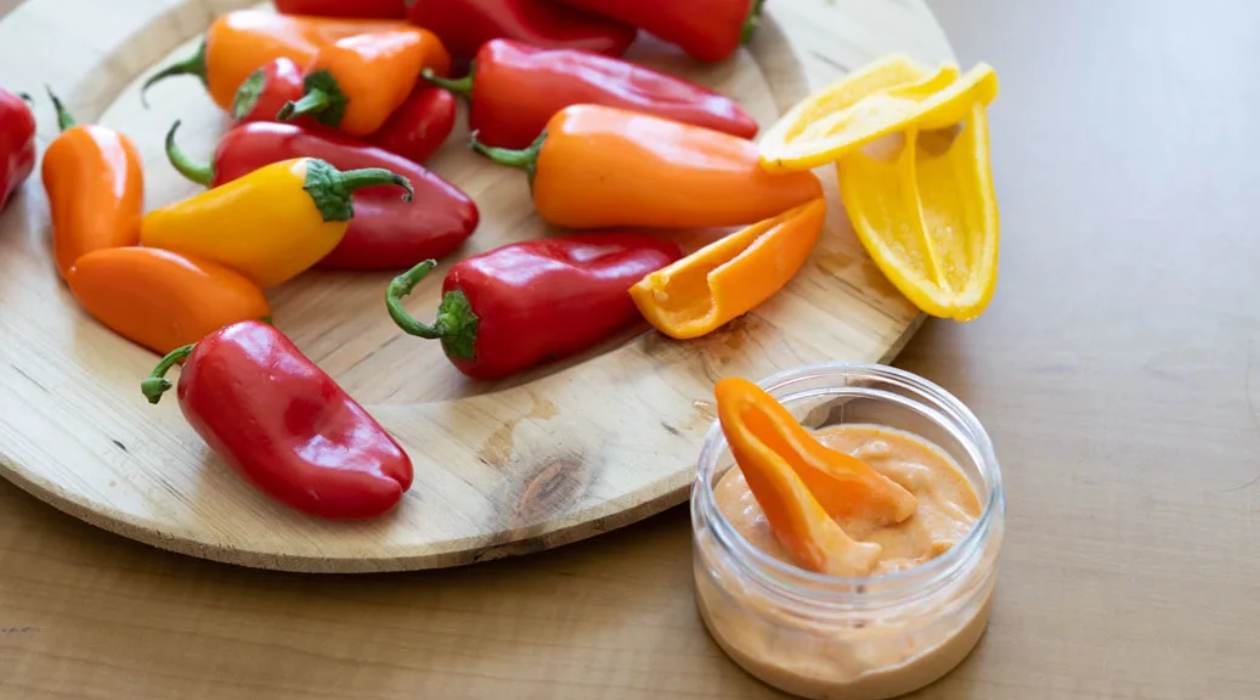
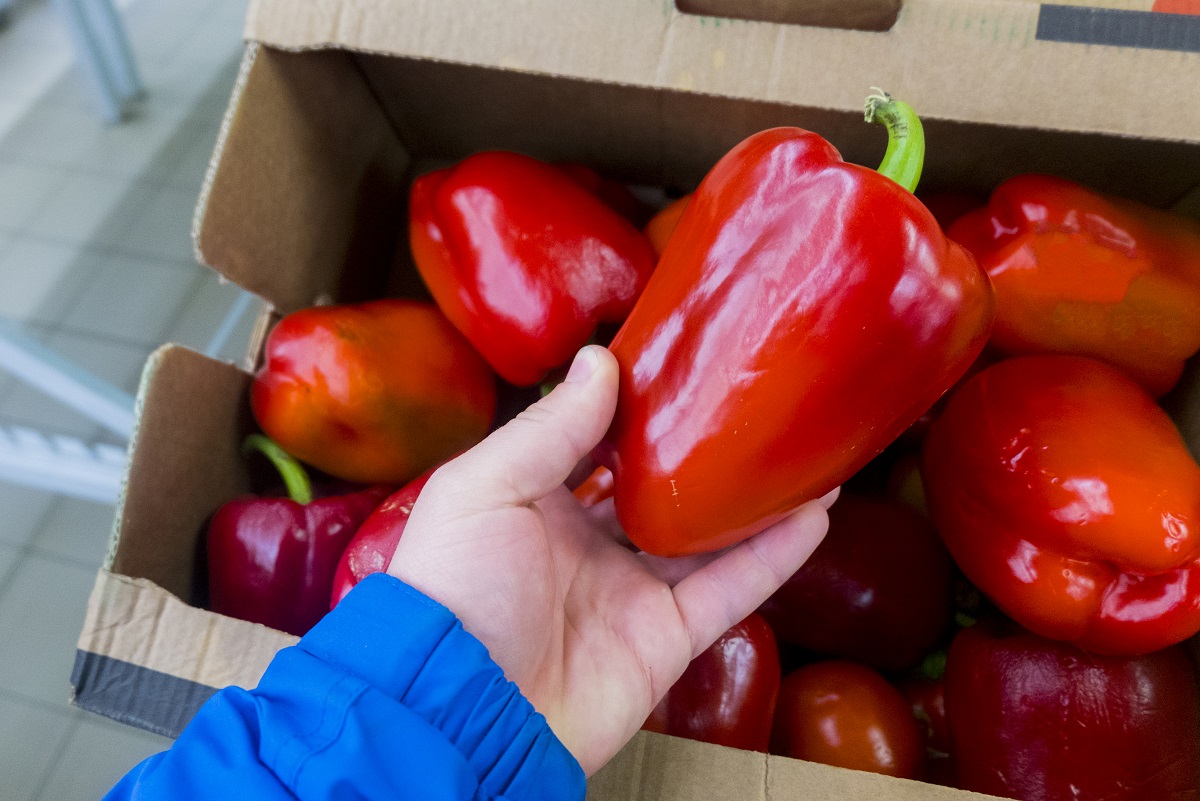
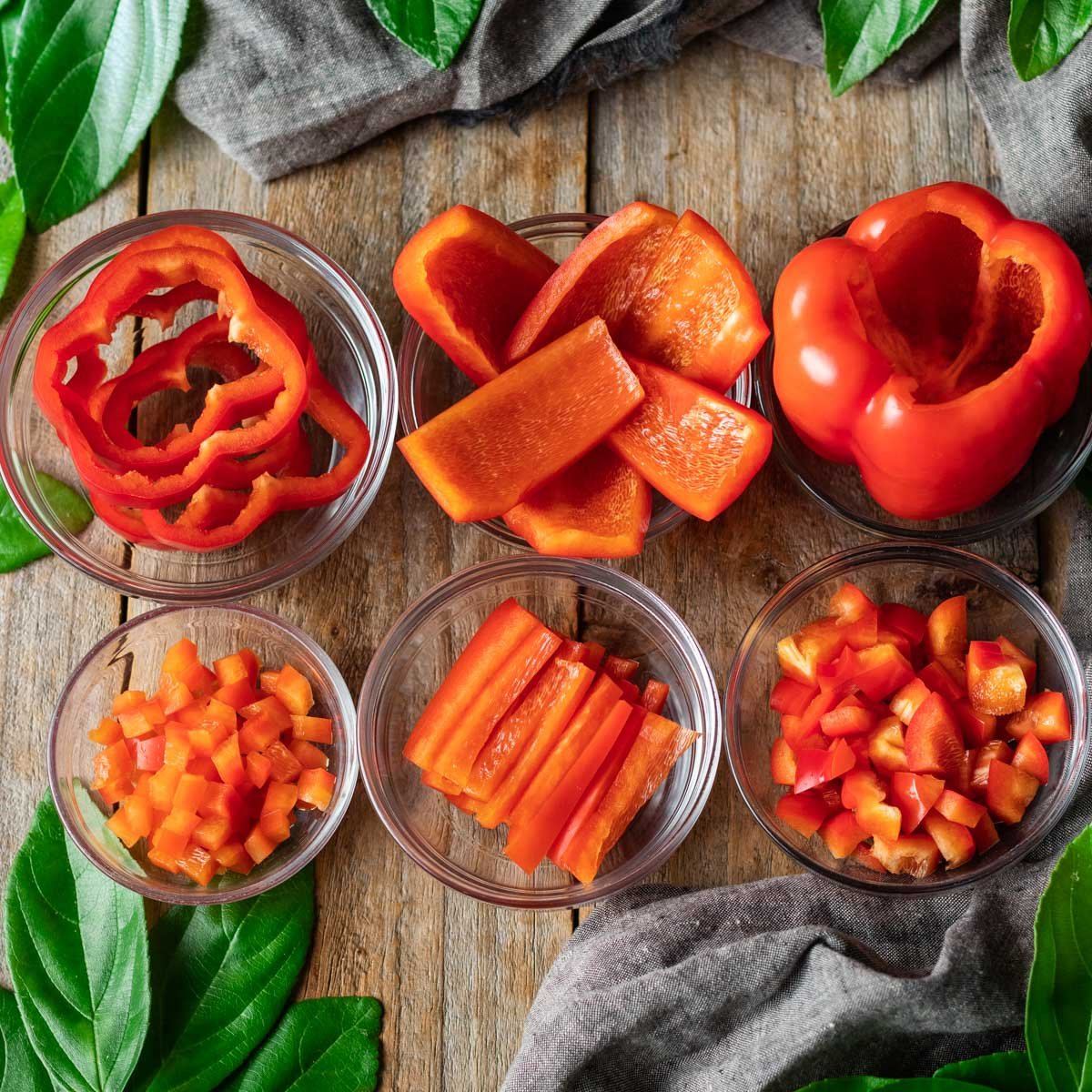
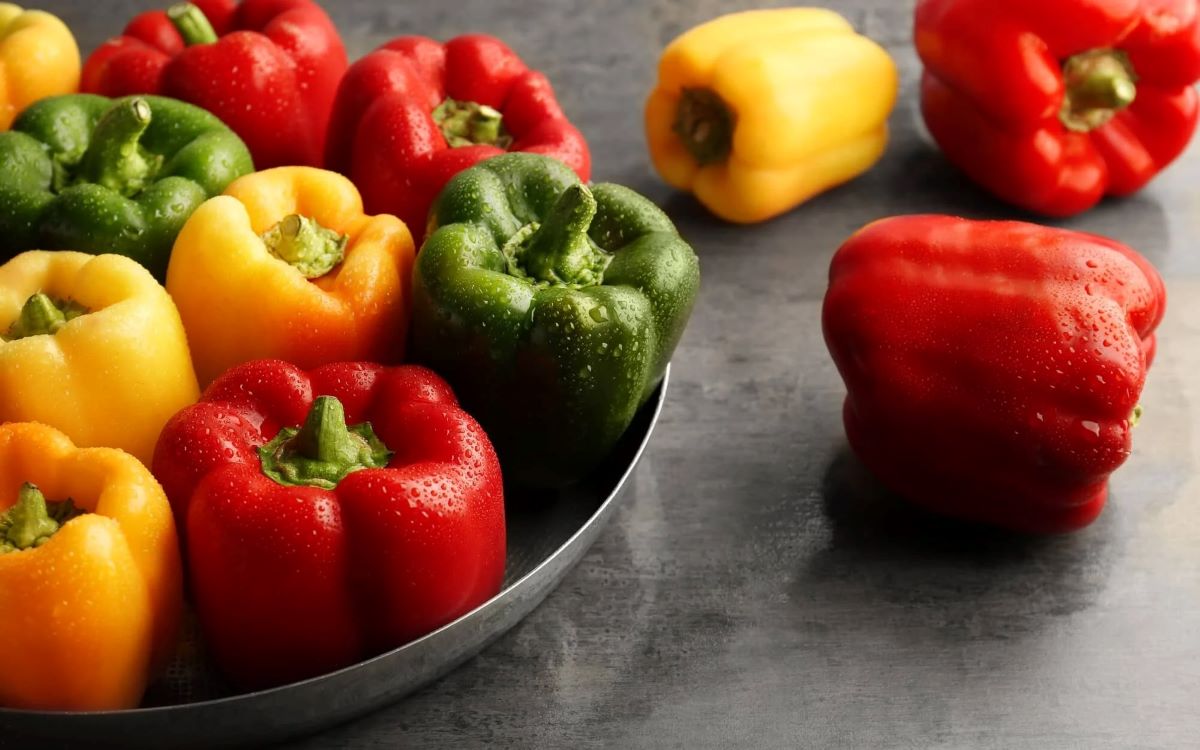

0 thoughts on “How To Store Cut Bell Peppers In Fridge”